Two Practical Raspberry Pi Pico Projects
On this week's Electromaker Show we looked at two different projects using the RP2040 - Raspberry Pi's microcontroller best known for powering the Pico and Pico W development boards.
While there are many project ideas out there, these two stuck out for their practicality - both extending and hacking already existing household devices to add functionality. The first was from YouTube woodworking legend Matthias Wandel, and the second was Raspberry Pi's own Alasdair Allan. Both show how to use the RP2040 with simple components to create useful hacks that would actually be used every day, rather than relegated to the 'finished projects' pile!
Matthias Wandel's Smart-ish Microwave
In the world of YouTube, Matthias Wandel is a name that resonates with woodworking enthusiasts. His channel is well-known for offering incredible projects and woodworking insights. However, there's more to Matthias than woodworking. Recently, he showcased an intriguing embedded engineering project on his second channel. The video highlighted his creativity and technical skills in programming an RP2040 development board to create a smart microwave alert system.
We chat about this more on this week's Electromaker Show:
The core idea behind the Pico Microwave Hack was to address a common annoyance in the Wandel household. Often, food would be placed in the microwave for reheating, but family members might not be present when the microwave pings. As a result, forgotten food would be discovered later, cold and unappetizing. To solve this issue, Matthias decided to develop a clever system that could detect when the microwave cycle started and ended, setting an alarm to remind users to retrieve their food at the appropriate time.
The Implementation
Matthias used the RP2040 development board, also known as the Raspberry Pi Pico, to build this unique microwave alert system. The RP2040 is a powerful microcontroller featuring the RP2040 chip, offering ample resources for handling this project. Instead of relying on the popular MicroPython, which is commonly used with the Pico, Matthias opted to program the board in C and C++ using the RP2040's official SDK.
The heart of the system is a simple current clamp and a Piezo buzzer, both of which interact with the microwave's power consumption. The current clamp measures the microwave's current draw, which changes depending on various factors such as cooking or the microwave's light being on or off. The Piezo buzzer acts as an alert system, which activates when the microwave cycle finishes, reminding users to retrieve their food promptly.
Timing a Neopixel - DIY Style
One fascinating aspect of this project was Matthias's resourcefulness in tackling challenges. Although there are getting-started guides from Raspberry Pi themselves, there are relatively few resources on practical projects using the RP2040 SDK. Matthias's willingness to delve into the intricacies of programming the RP2040 in C and C++ provides valuable insights for hobbyists and developers alike. Additionally, he faced a unique obstacle with the RP2040's RGB LED, requiring some assembly coding to overcome. His clear explanations of these challenges make the project accessible to enthusiasts of all levels.
It's an ingenious application of an RP2040-based development board and simple parts to solve a common household problem. If you want to see the Pico Microwave Hack in action and explore Matthias's woodworking masterpieces, be sure to check out his YouTube channels, where his passion for both crafts shines through.
Alasdair Allan's Ikea Air Monitor Hack
Alasdair Allan, the head of documentation at Raspberry Pi, is not just a master of technical documentation but also an accomplished hacker. We previously had the pleasure of chatting with him during an interview with Electromaker last year:
And now, Alasdair is back with a fascinating project involving an Ikea air quality sensor and the Raspberry Pi Pico. This blog post will explore Alasdair Allan's Ikea Air Monitor Hack, revealing how he ingeniously transformed a basic air quality sensor into a web-enabled device using the Raspberry Pi Pico.
We looked at this in a section on this week's YouTube show:
The Ikea air quality sensor, known as the Vindriktning, is an affordable micro USB-powered PCB equipped with an air quality sensor, a microcontroller, and LEDs for indicating air quality levels. The sensor primarily measures PM2.5, which refers to smaller air particulates known to be more hazardous as they can penetrate the bloodstream and cause health issues. The original Vindriktning serves as a standalone sensor with no internet connectivity.
Alasdair's project involved hacking the Ikea air quality sensor to give it web-enabled capabilities, allowing users to monitor air quality remotely. To achieve this, Alasdair discovered test points inside the sensor's PCB, which provided access to essential components like five volts, ground, and the sensor's readings. Using his soldering skills, he connected the test points to a Raspberry Pi Pico W.
He also incorporated an additional BMP280 sensor, capable of measuring barometric pressure and temperature, further enhancing the sensor's capabilities. The clever integration of this new sensor allowed Alasdair to gain valuable additional data and improve the overall functionality of the device.
Working with the Raspberry Pi Pico W
The Raspberry Pi Pico W, a variant of the Pico, was used for this project due to its compact size and Wi-Fi connectivity. Alasdair used one of the semi-new Raspberry Pi debug probes to program the Pico W effectively. As a word of caution, Alasdair reminded readers not to use both VSYS and the micro USB port simultaneously, as this could potentially damage the microcontroller.
The Result: Web-Enabled Air Quality Monitoring
Alasdair's successful hacking efforts turned the humble Ikea air quality sensor into a sophisticated web-enabled air monitor. The Pico W, now integrated into the sensor, allows for real-time data transmission and remote monitoring of air quality. The data collected from the sensor and the BMP280 were made accessible through a web server hosted on the Raspberry Pi Pico.
By adding this web-enabled functionality, Alasdair effectively expanded the sensor's capabilities, offering users the convenience of remotely accessing air quality data from anywhere. It's now possible to stay informed about air quality levels and ambient temperature in real-time, enabling proactive measures to ensure a healthier living environment.
The Power of the RP2040 for DIY Projects
Alasdair and Matthias' projects exemplify the spirit of innovation and tinkering that lies at the heart of the maker community. By reimagining the functionality of the Ikea air quality sensor and integrating the Raspberry Pi Pico W, in one case, and making what is essentially a smart current clamp in the other, they've turned basic devices into sophisticated pieces of smart home hardware.
This is the kind of thing we love to see at Electromaker, and if you've got an idea like this we'd love to see it! Anyone with a free Electromaker account can post their builds in our project hub!



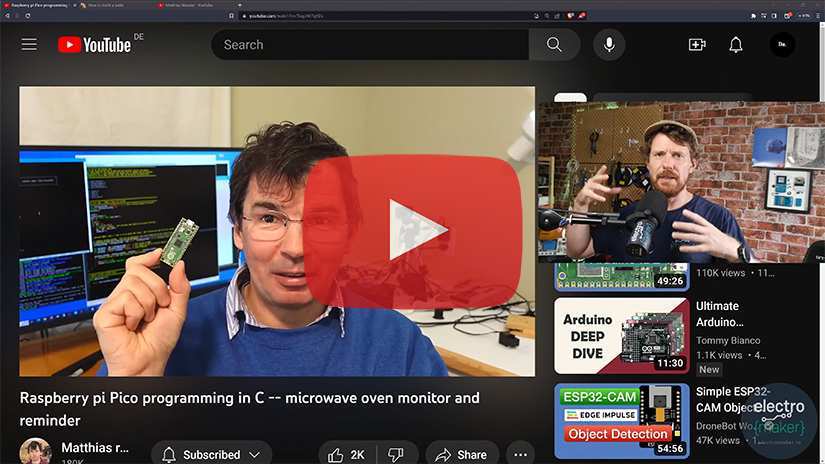
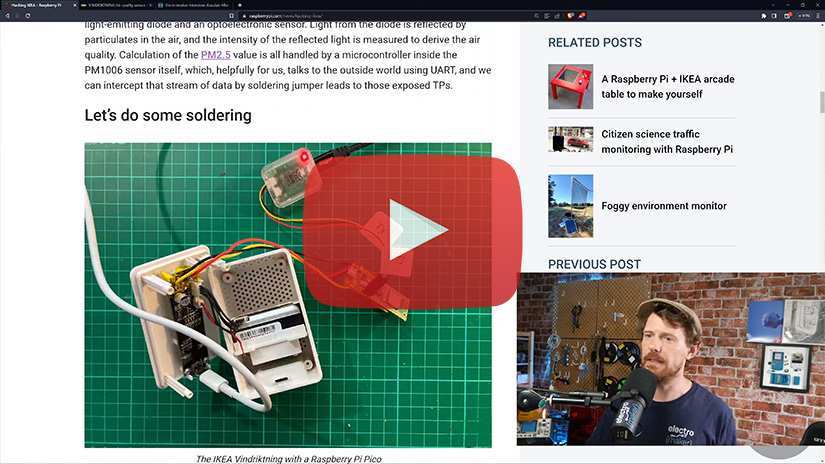


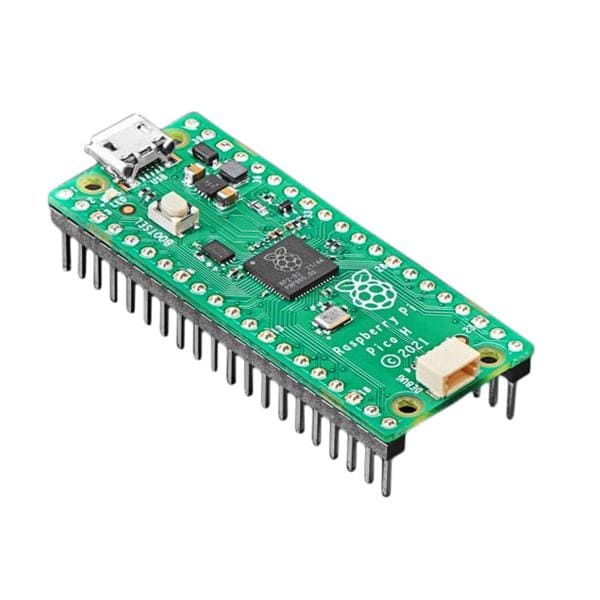
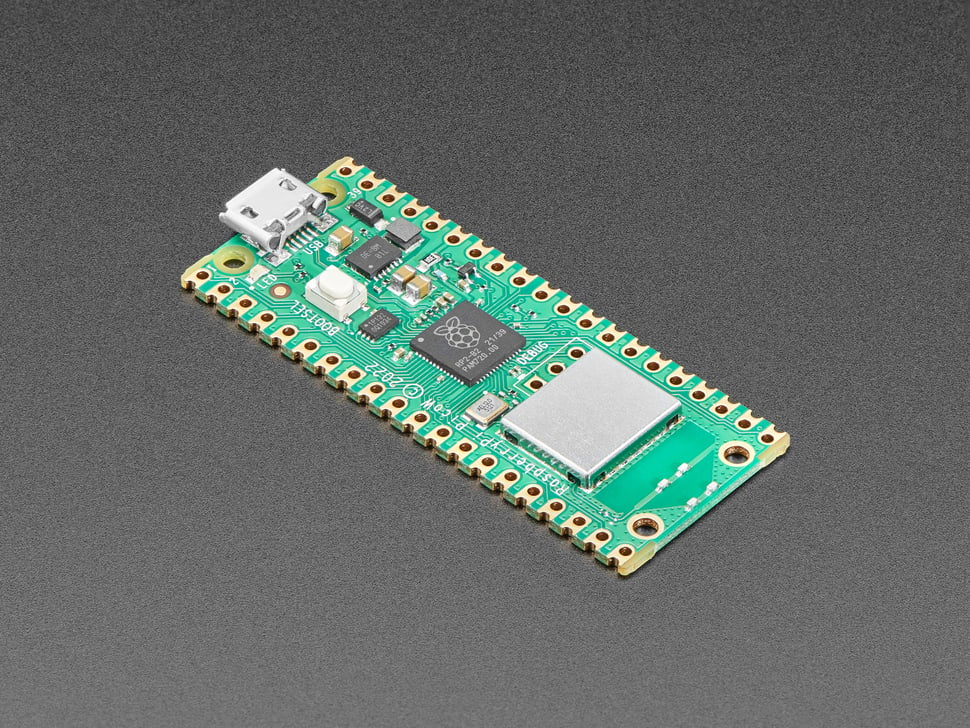

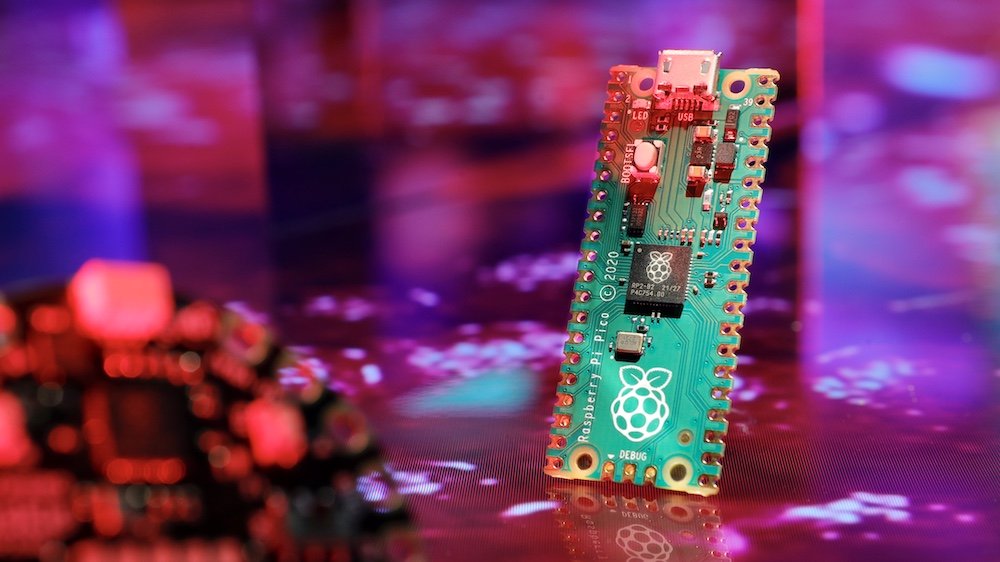

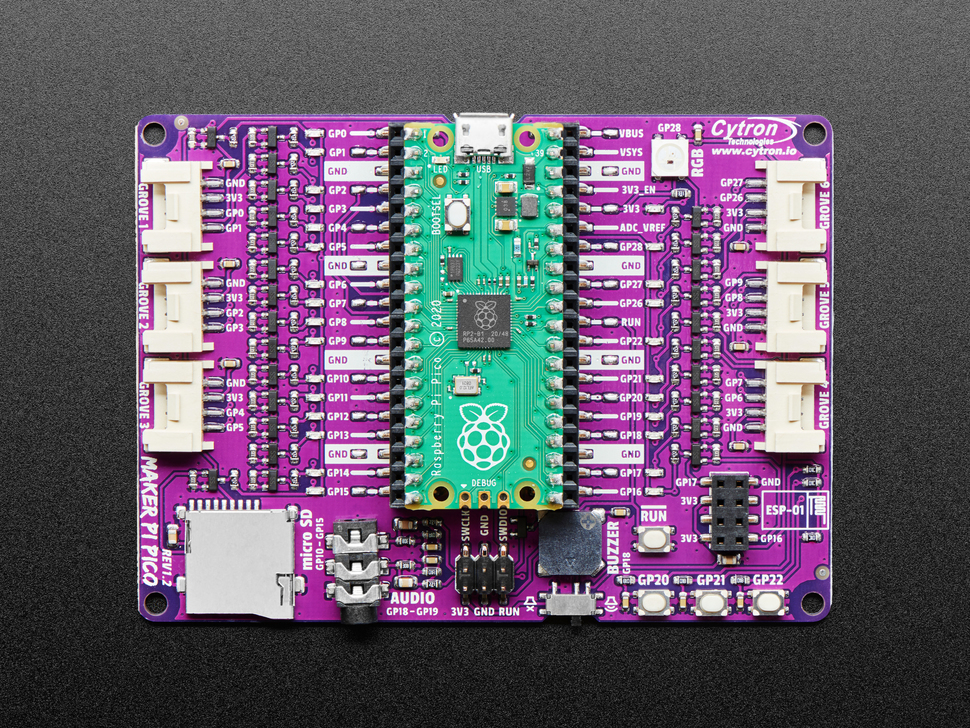
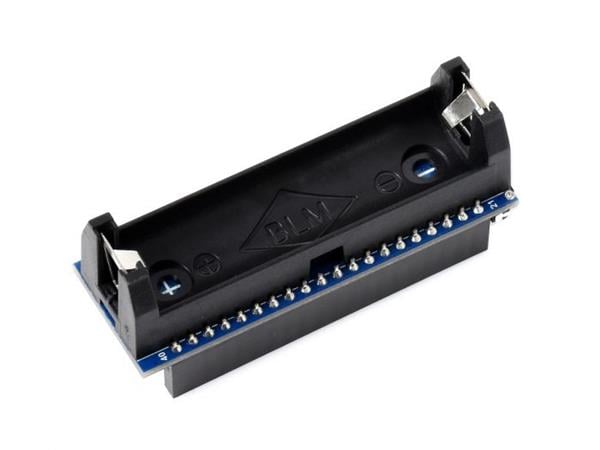
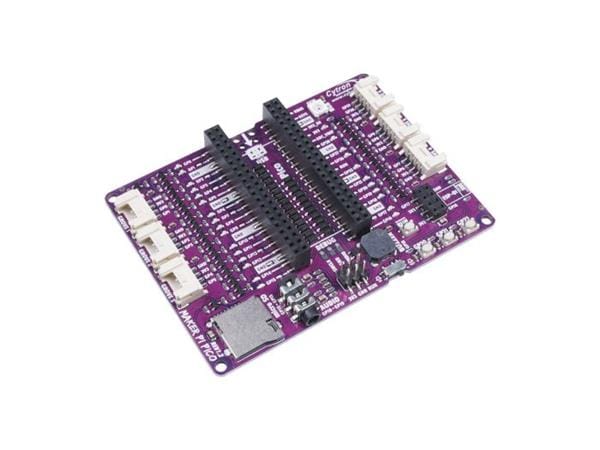
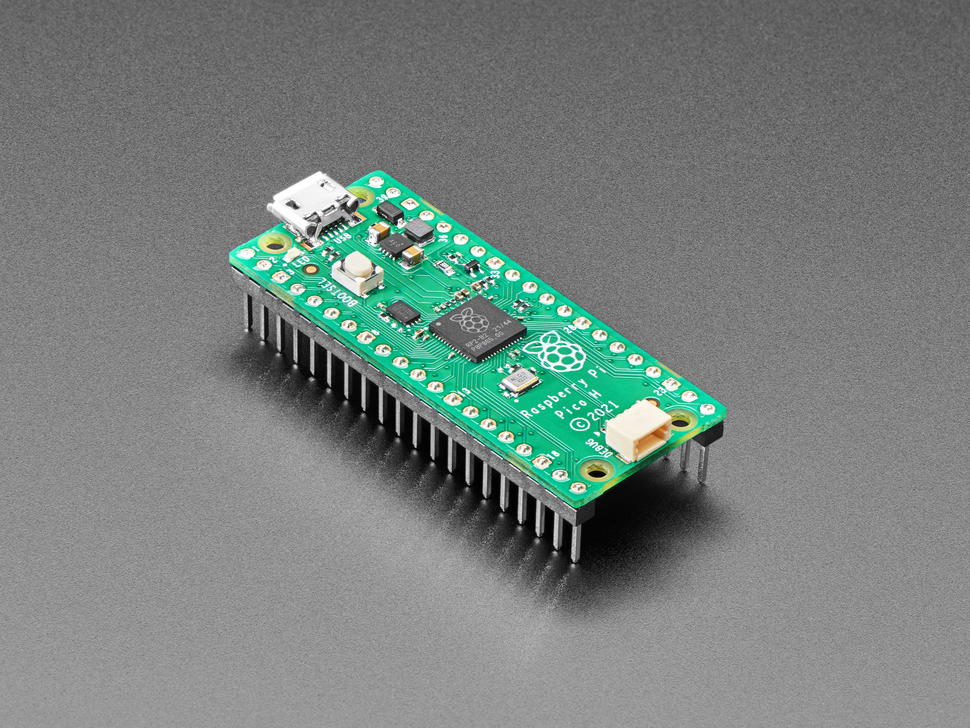
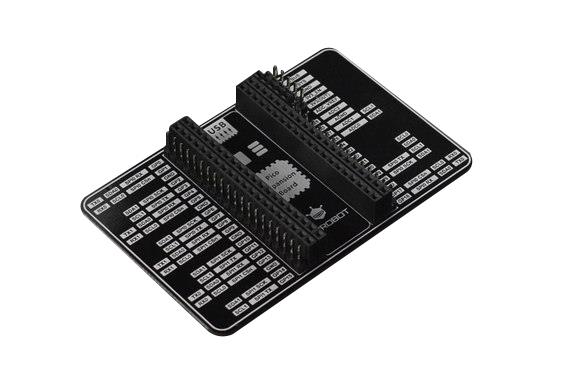
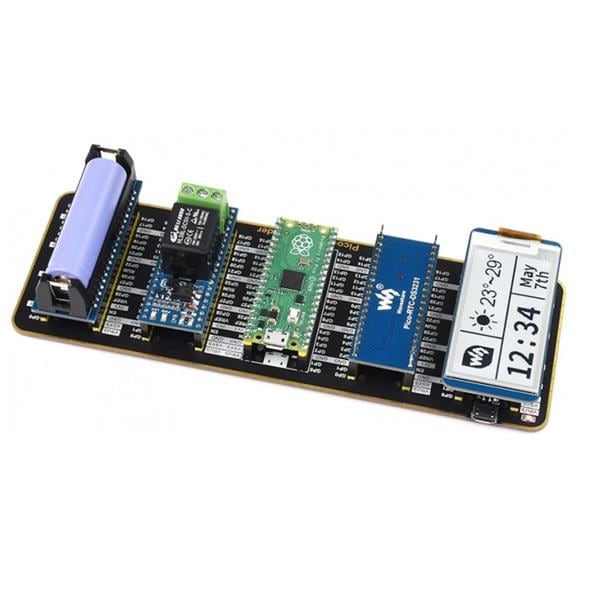
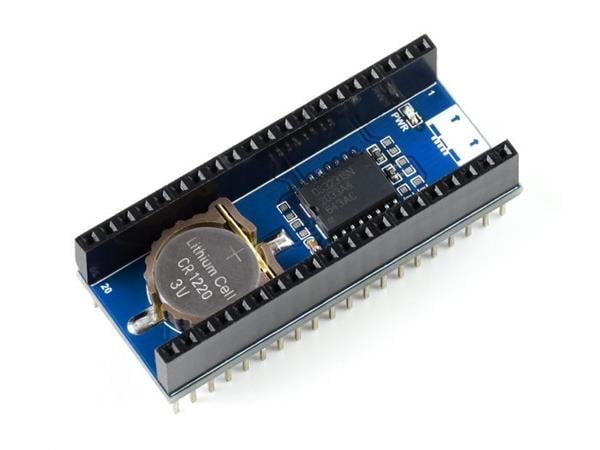
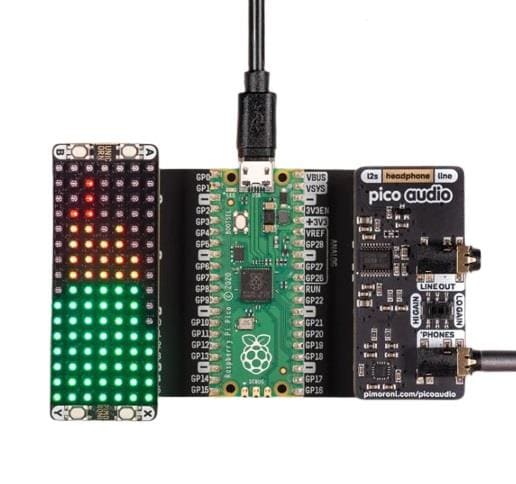
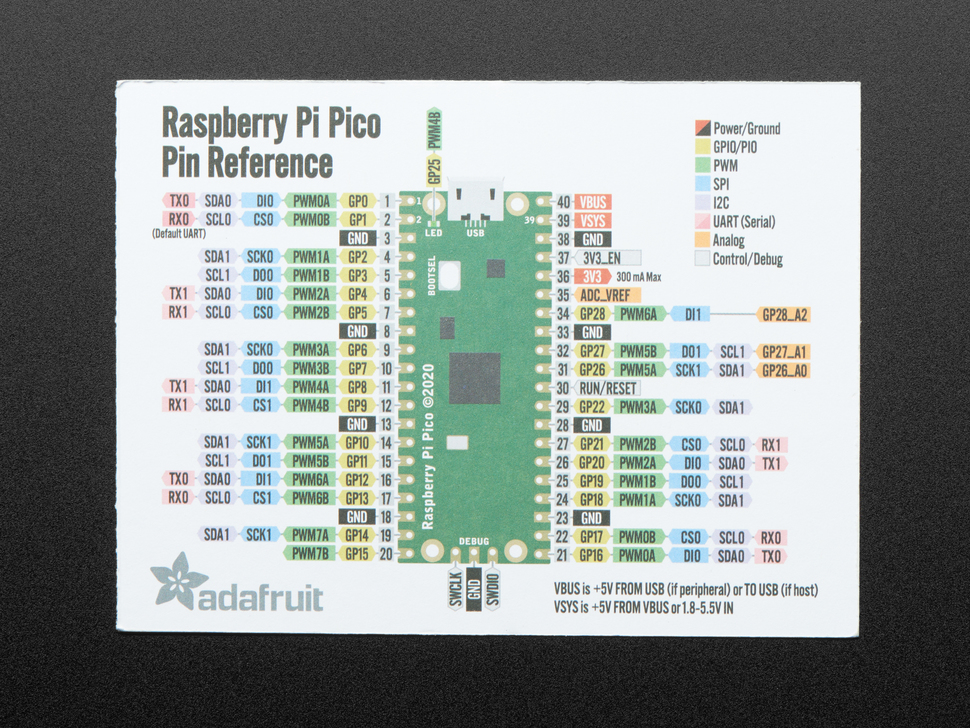
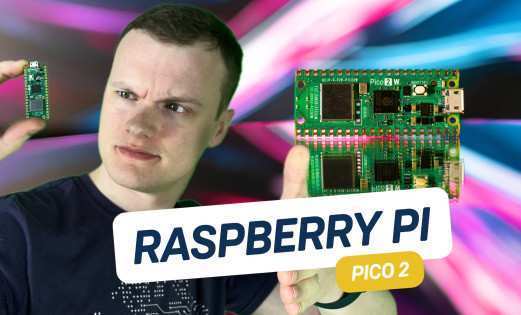
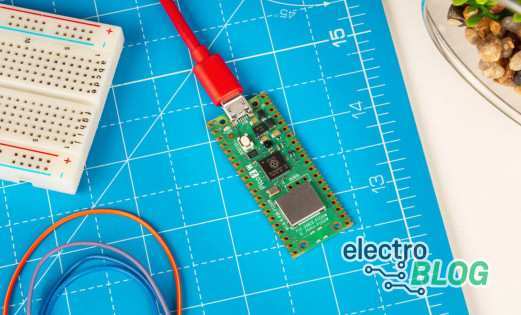

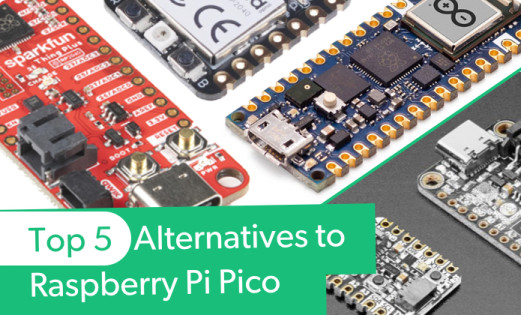
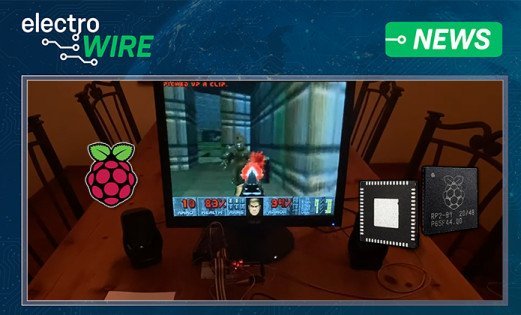
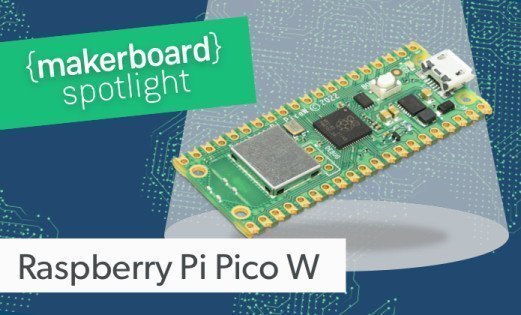
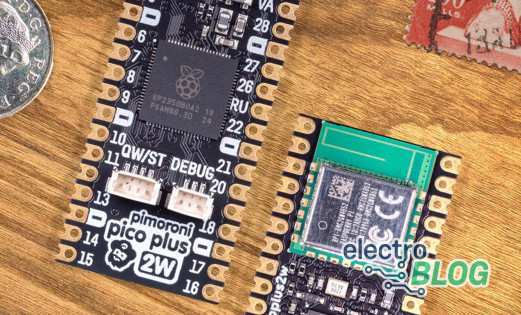
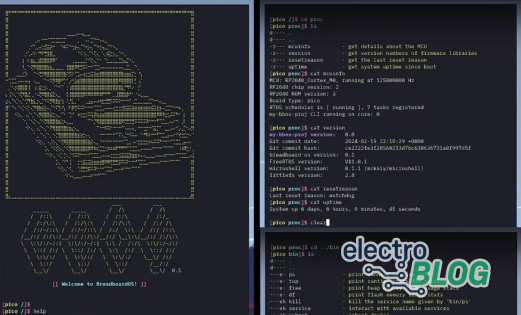
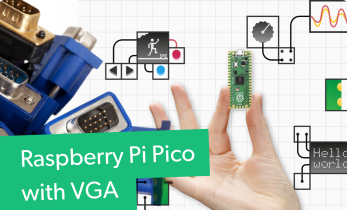
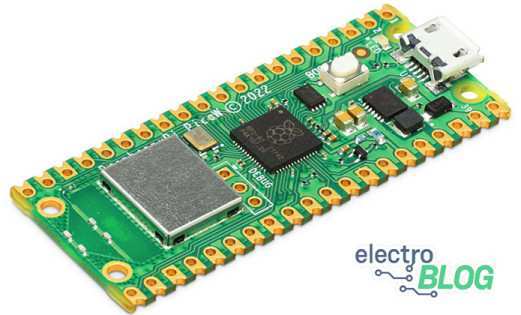
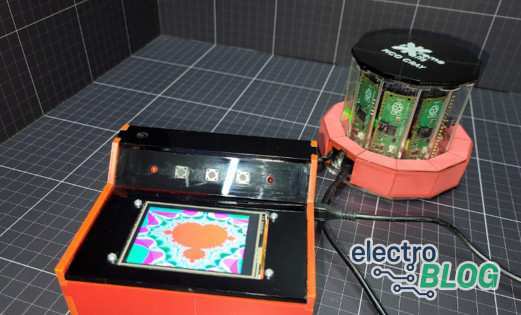
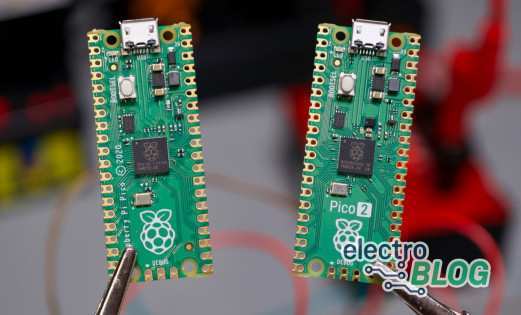

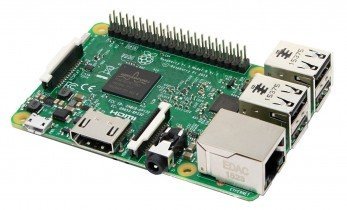

Leave your feedback...